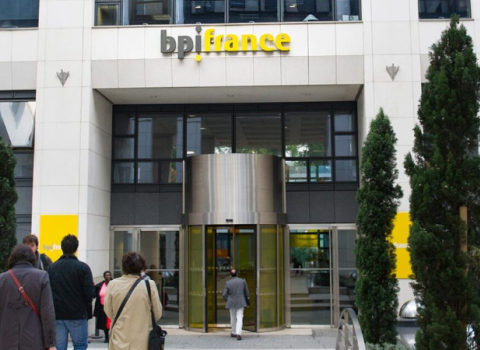
At first glance the percentage increases in planting in the seven member states where GM crops were cultivated appear impressive, with a 323 per cent rise in France, 288 per cent in the Czech Republic, 260 per cent in Portugal, 2,900 per cent in Slovakia, 183 per cent in Germany, 220 per cent in Poland and 40 per cent in Spain.
But in the overall context – Europe has 92.4 million hectares of arable land – the numbers are vanishingly small. France’s 323 per cent rise, for example, represented an increase from 5,000 hectares planted with GM crops in 2006, to 21,174 hectares in 2007
In Spain, where GM crops have been cultivated commercially for ten years, they accounted for 75,148 hectares in 2007.
And Europe’s long-running resistance to genetically modified crops leaves it far behind on other measures. Worldwide, 209 biotech crops are planted in 46 countries; in Europe the only commercial GM crop is Bt maize, which is resistant to the European corn borer.
The overall numbers may still be small, but the increases are significant, believes EuropaBio, the biotech trade body. “We are delighted to see the uptake of biotech crops is growing despite the fact that only one product is available on the European market,” said Johan Vanhemelrijck, Secretary General.
“The cultivation of biotech plants is legally possible in all EU countries and we strongly urge policy makers in Europe to give all farmers the right to choose the products which they think are best to protect their crops and their competitiveness.”
EuropaBio claimed planting GM maize in France has to date increased yields by 25,000 tonnes. At the same time the reduced need for pest control meant that 8,800 fewer litres of insecticide were sprayed, saving 29,000 litres of tractor fuel, and cutting carbon dioxide emissions.





 A unique international forum for public research organisations and companies to connect their external engagement with strategic interests around their R&D system.
A unique international forum for public research organisations and companies to connect their external engagement with strategic interests around their R&D system.